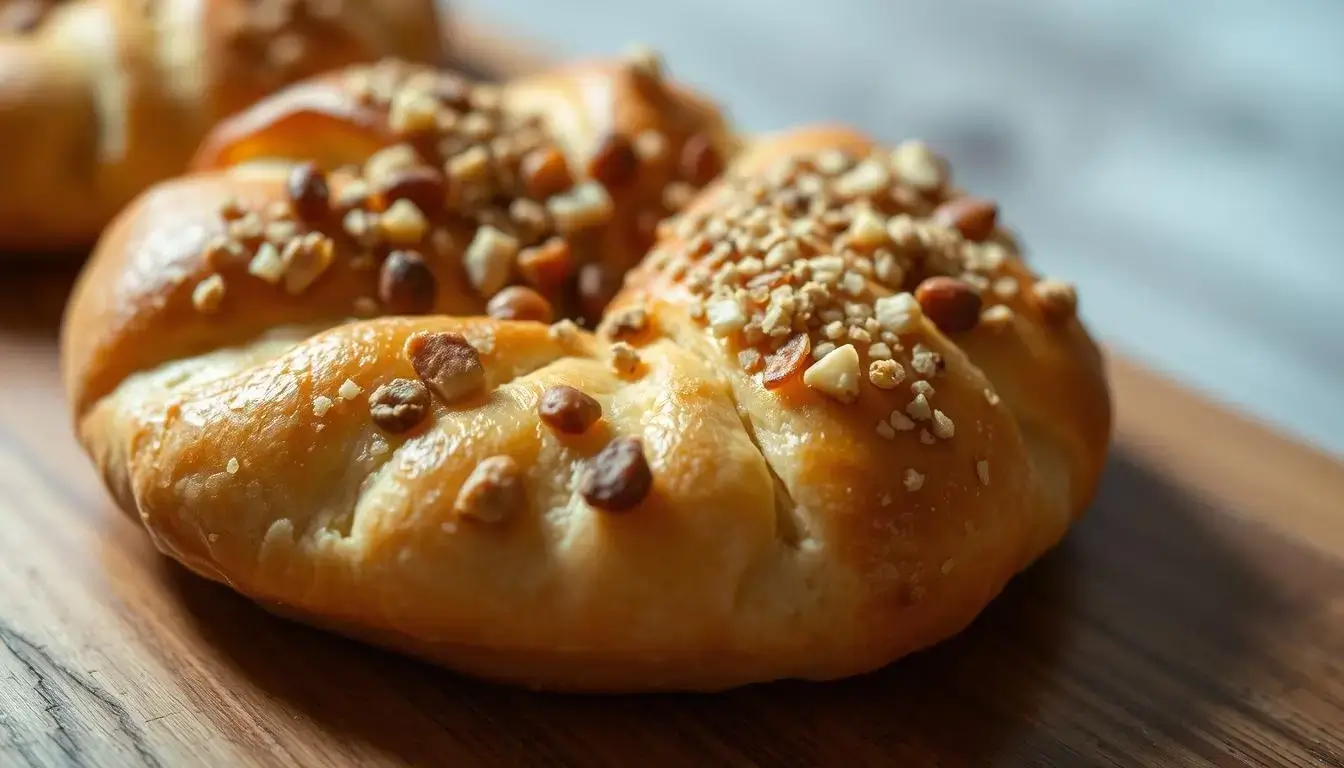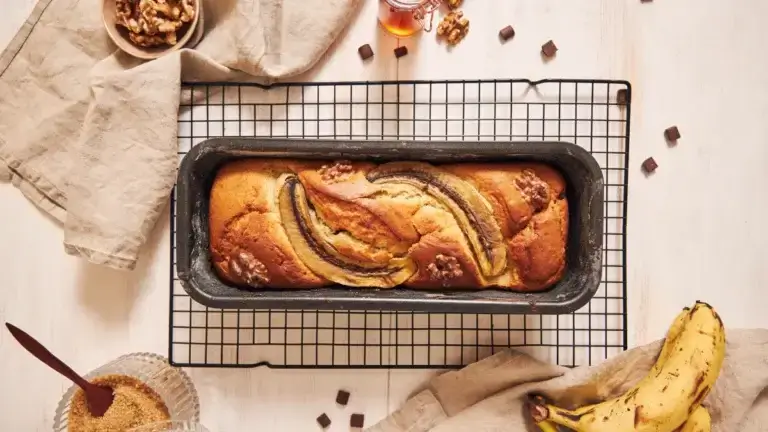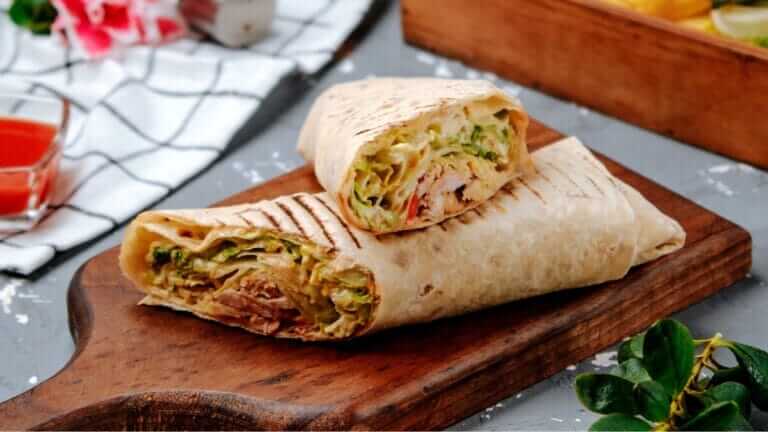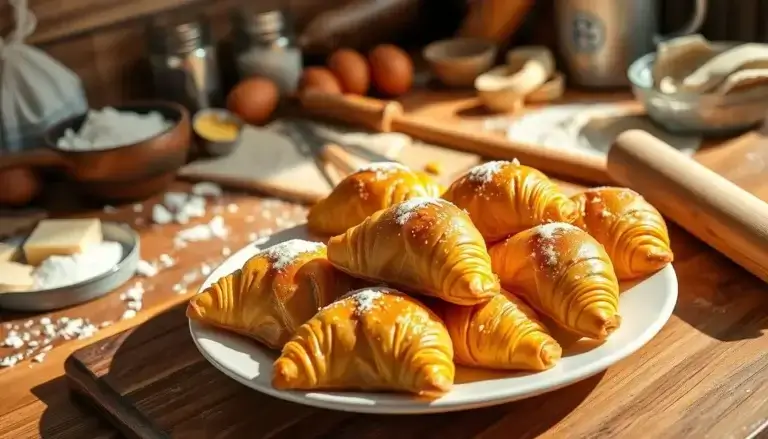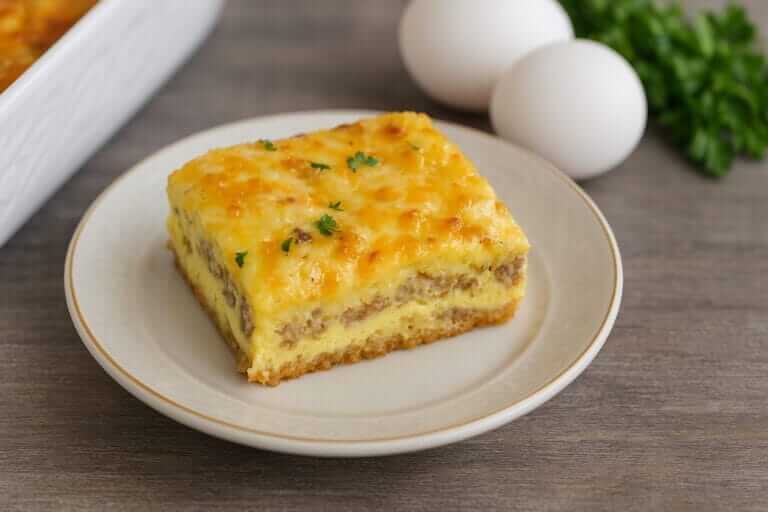Authentic Swiss Nussgipfel: A Nutty Breakfast Delight”
Table of Contents
Swiss Nussgipfel
Welcome to the world of Swiss Nussgipfel—a buttery, nut-filled pastry that embodies Swiss breakfast traditions. These crescent-shaped gipfeli aren’t just a treat; they’re a blend of crisp layers and rich almond or walnut filling. Unlike French croissants, their texture and heritage make them uniquely Swiss.
This guide teaches you how to craft these swiss pastry masterpieces at home. You’ll learn authentic techniques, from mixing dough to shaping the perfect crescents. While making gipfeli takes patience, the flaky results are worth the effort. Along the way, you’ll uncover why Swiss families savor them with morning coffee or afternoon breaks.
By the end, you’ll master the art of homemade gipfeli, blending tradition with your kitchen’s creativity. Ready to bring a slice of Swiss breakfast culture into your routine?
Key Takeaways
- Discover the buttery layers and nutty heart of authentic gipfeli.
- Learn step-by-step methods to shape traditional Swiss crescents.
- Understand the role of gipfeli in Swiss morning and coffee traditions.
- Gain confidence in laminating dough for flaky swiss pastry perfection.
- Explore how cultural techniques create these iconic breakfast treats.
What Are Traditional Swiss Nussgipfel?
Step into the world of swiss cuisine and discover gipfeli. These flaky pastries are often confused with the French croissant. But they have a rich history that sets them apart.
The Rich History of Swiss Pastries
Gipfeli have been baked since the 1800s. They became a weekend favorite. Swiss bakers mixed Austrian and French methods to create a special dough.
They balanced butter and flour for a unique texture. Over time, different regions added their own twists. Nut-filled Nussgipfel became a beloved choice.
How Gipfeli Differs From French Croissants
- Shape: Gipfeli coils tightly, while croissants curve loosely.
- Butter: Gipfeli uses less butter but layers more precisely.
- Filling: Nussgipfel’s almond or walnut center contrasts with the plain croissant.
The Cultural Significance of Breakfast Pastries in Switzerland
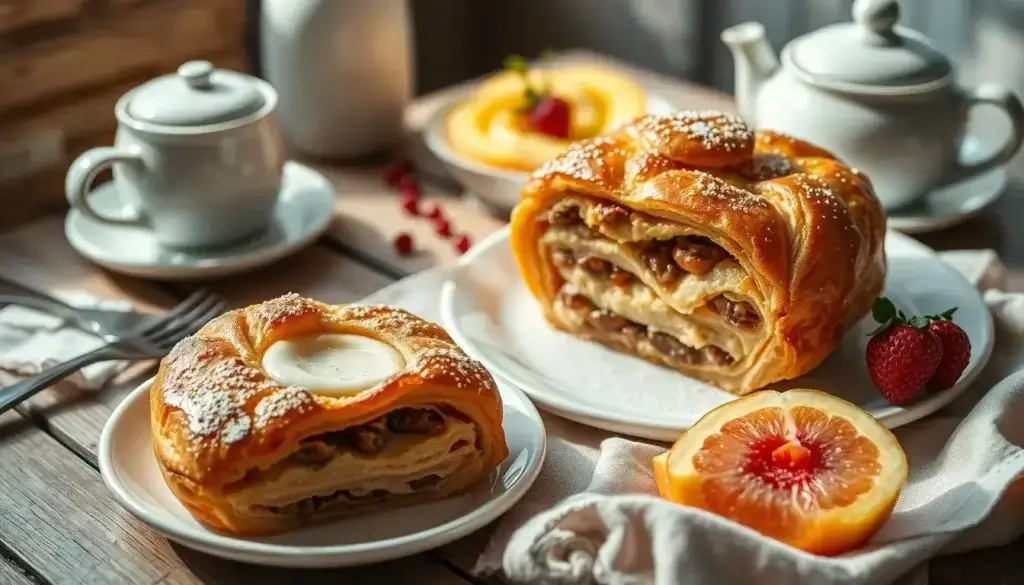
This pastry reflects Switzerland’s love for detailed work and shared breakfasts.
For many Swiss, mornings without gipfeli feel incomplete. Cafés serve them with coffee, a cherished ritual. As one Swiss baker said:
“Gipfeli isn’t just food—it’s a daily embrace of tradition.”
Perfect Nussgipfel starts with the right an quality ingredients. Each part is crucial for flaky layers and nutty flavors. Let’s look at what you need:
Essential Ingredients for Perfect Nussgipfel
These quantities should be enough for around 12-16 Nussgipfel, depending on the size you prefer. Feel free to adjust the ingredients, especially for the filling, if you prefer a sweeter or spicier taste.
Dough Ingredients ( détrempe and butter):
- Flour: 500 g (about 4 cups) of bread flour (or all-purpose flour if bread flour is unavailable)
- Butter: 250 g (about 1 cup) of European-style butter (for both the dough and the butter block)
- Water: 150 ml (about 2/3 cup) of water
- Salt: 1/2 teaspoon
- Dry yeast or fresh yeast: 10 g (about 1 tablespoon) of dry yeast (or 25 g of fresh yeast)
- Sugar: 1 tablespoon (optional, for a slightly sweet dough)
Nut Filling Ingredients:
- Hazelnuts or walnuts: 100-150 g (about 3/4 to 1 cup) of toasted hazelnuts or walnuts
- Powdered sugar: 50 g (about 1/4 cup)
- Cinnamon: 1 teaspoon
- Heavy cream: 2-3 tablespoons (to bind the filling, adjust the amount based on your preferred consistency)
Egg Wash:
- Egg: 1 egg, beaten (for glazing before baking)
Additional Instructions:
- Rest the dough for 30-60 minutes between folds.
- Baking temperature: 375–400°F (190–200°C).
- Baking time: 18–22 minutes, until golden brown.
Quality is key. Find swiss breakfast essentials at specialty stores or online. If walnuts are out, pecans or almonds are good substitutes. Here’s a quick guide:
| Traditional | Substitute |
|---|---|
| European butter | US high-fat cultured butter |
| Walnuts | Pecans or almonds |
| Heavy cream | Half-and-half (for filling) |
Always use fresh nuts for the best flavor. By focusing on these ingredients, you’ll make a delicious swiss breakfast at home.
Making the Buttery Gipfeli Dough From Scratch
Mastering the dough is key to capturing the essence of european pastries. Let’s break down each step to achieve that signature flaky texture.
Creating the Perfect Laminated Dough
Start by mixing flour, butter, and water into a smooth détrempe dough. Chill it until firm. Then, create a butter block (beurrage) by stacking chilled butter slices.
Wrap the butter in parchment and shape it into a rectangle. Place the butter block inside the détrempe, sealing edges tightly. Roll it out into a square—this layered structure is the backbone of european pastries.
The Art of Proper Folding Techniques
- Letter fold: Fold the dough like a letter, top to bottom.
- Book fold: Fold left and right thirds toward the center first, then fold top and bottom.
Keep layers even by applying even pressure. Trim ragged edges to maintain symmetry.
Resting Times: Why Patience Makes Better Pastry
Rest dough for 30–60 minutes between folds. This lets gluten relax and prevents butter from leaking. Over time, these layers create flaky perfection—a hallmark of european pastries.
Preparing the Nutty Filling
“Toast nuts first to deepen flavor—this is a pro secret in Swiss kitchens.”
Grind toasted almonds and hazelnuts coarsely. Mix with sugar and cinnamon. Ensure the filling isn’t too wet; it should hold its shape when pinched. Adjust sweetness to taste.
If dough cracks, sprinkle lightly with flour. Too sticky? Chill briefly. Each step builds toward that golden, nut-filled masterpiece.
Shaping and Baking Your Swiss Pastries
Now that your dough and filling are ready, it’s time to shape and bake your breakfast pastry. Follow these steps to achieve the iconic crescent shape and golden-brown finish.
Forming the Classic Crescent Shape
Roll chilled dough into a ¼-inch-thick rectangle. Cut 4-inch triangles. Place a teaspoon of filling at the wide end, fold edges inward, and roll into crescents. Seal seams gently to prevent leaks. Place on parchment-lined trays, spaced 2 inches apart.
Proofing Tips for Maximum Flakiness
- Let shaped pastries rise in a warm, draft-free area (75-80°F) for 30–45 minutes.
- Check for a 25% size increase. They should hold shape when gently pressed.
- Adjust proofing time based on room temperature—colder kitchens need extra time.
Ideal Oven Temperature and Timing
| Temperature | 375–400°F (190–200°C) |
|---|---|
| Baking Time | 18–22 minutes until golden |
| Egg Wash | Brush beaten egg on tops 10 minutes before finish to enhance shine |
Rotate trays halfway through baking for even browning. Cool on racks to crisp edges. Store in an airtight container for up to 3 days.
“Patience in proofing and precision in shaping make all the difference,”.
Delicious Variations of Traditional Nussgipfel

Ready to elevate your swiss pastry game? Try these creative twists while staying true to the recipe. Switzerland’s regions offer unique takes—Zurich adds almond meal for crunch, while Geneva uses orange zest. Keep the dough base the same, but get creative with fillings.
- Nutty Experiments: Swap walnuts for pistachios or hazelnuts. Toasted pecans add a smoky depth.
- Sweet Additions: Fold in dark chocolate chunks or dried cranberries for a fruity contrast.
- Spice It Up: Try cardamom or a cinnamon-cloves blend for aromatic layers.
- Savory Surprises: Substitute nuts with grated Gruyère cheese and herbs for a briny twist. Perfect for afternoon tea!
| Variation | Key Change | Baking Tip |
|---|---|---|
| Chocolate Nussgipfel | 2 tbsp cocoa powder + 1/2 cup semisweet chocolate | Reduce oven temp by 10°F to prevent burning |
| Fruit & Nut | 1/4 cup dried cherries/apricots | Soak fruit in hot water first to soften |
| Savory Cheese | 1 cup shredded Gruyère + 1 tsp thyme | Brush egg wash with a pinch of salt |
Keep the flaky layers and buttery base—these are Swiss tradition’s heart. Add local honey or spices to tell your story. Remember, the dough’s layers and nutty heart must shine through. Share your creations and keep Swiss baking alive!
Conclusion: Enjoying Your Homemade Swiss Breakfast Treat
Your homemade gipfeli are ready to shine as the star of any morning. Serve them warm with a steaming mug of coffee or cocoa, just as they’re enjoyed across Swiss breakfast tables. The nutty layers pair beautifully with a drizzle of honey or a spoonful of apricot jam, balancing their buttery richness. These pastries aren’t just a recipe—they’re a taste of tradition you’ve brought to your own kitchen.
For freshness, store cooled gipfeli in an airtight container for 2–3 days. To revive them, bake at 325°F for 5–7 minutes. Freeze unbaked dough in labeled bags for up to a month—simply thaw before shaping and baking. This makes perfect swiss breakfast treats possible anytime, even on busy mornings.
Invite others to taste your labor of love. A weekend brunch or holiday morning is the perfect setting. As you share these flaky treasures, explain their roots in Swiss culture—they’re a staple in Alpine households, after all. With this skill under your belt, try variations like chocolate-stuffed gipfeli or explore other Swiss favorites like schüppenbrot.
Now that you’ve mastered the art, let these gipfeli become a recurring feature of your swiss breakfast routine. Their crisp layers and nutty heart are a comforting reminder of the joy in slow, hands-on baking. Every bite connects you to generations of Swiss bakers, proving tradition and modernity can meet in one golden pastry. Happy baking—and enjoy the journey!
FAQ
What exactly is a Nussgipfel?
A Nussgipfel is a Swiss pastry known for its flaky dough and nut filling. It’s often enjoyed with coffee or as a breakfast treat.
How do Swiss gipfeli differ from French croissants?
Swiss gipfeli are more tightly coiled and often have a nut filling. They also have a different butter ratio and texture than croissants.
What is the best flour to use for making Nussgipfel?
Use high-quality all-purpose flour for the best results. It should have a moderate protein content for flaky layers.
Can I use different nuts for the filling?
Yes! You can try almonds or pistachios instead of hazelnuts or walnuts. Just remember, different nuts change the flavor.
What’s the purpose of resting the dough?
Resting the dough relaxes gluten, making it tender. It also keeps the butter cool for flaky layers.
How do I know when my pastries are perfectly proofed?
They should double in size but still keep their shape. They should feel light and airy. Watch them closely as temperature affects proofing time.
What is the ideal oven temperature for baking Nussgipfel?
Bake at 375-400°F (190-200°C). Preheat the oven for even baking and a golden brown finish.
Can I freeze Nussgipfel for later use?
Yes! Freeze shaped dough or baked pastries. Wrap them well to prevent freezer burn and keep flavors fresh.
What do I serve with Nussgipfel for a traditional Swiss breakfast?
Serve with strong coffee, hot chocolate, or fruit preserves. These add to the pastry’s flavor and make a complete breakfast.

